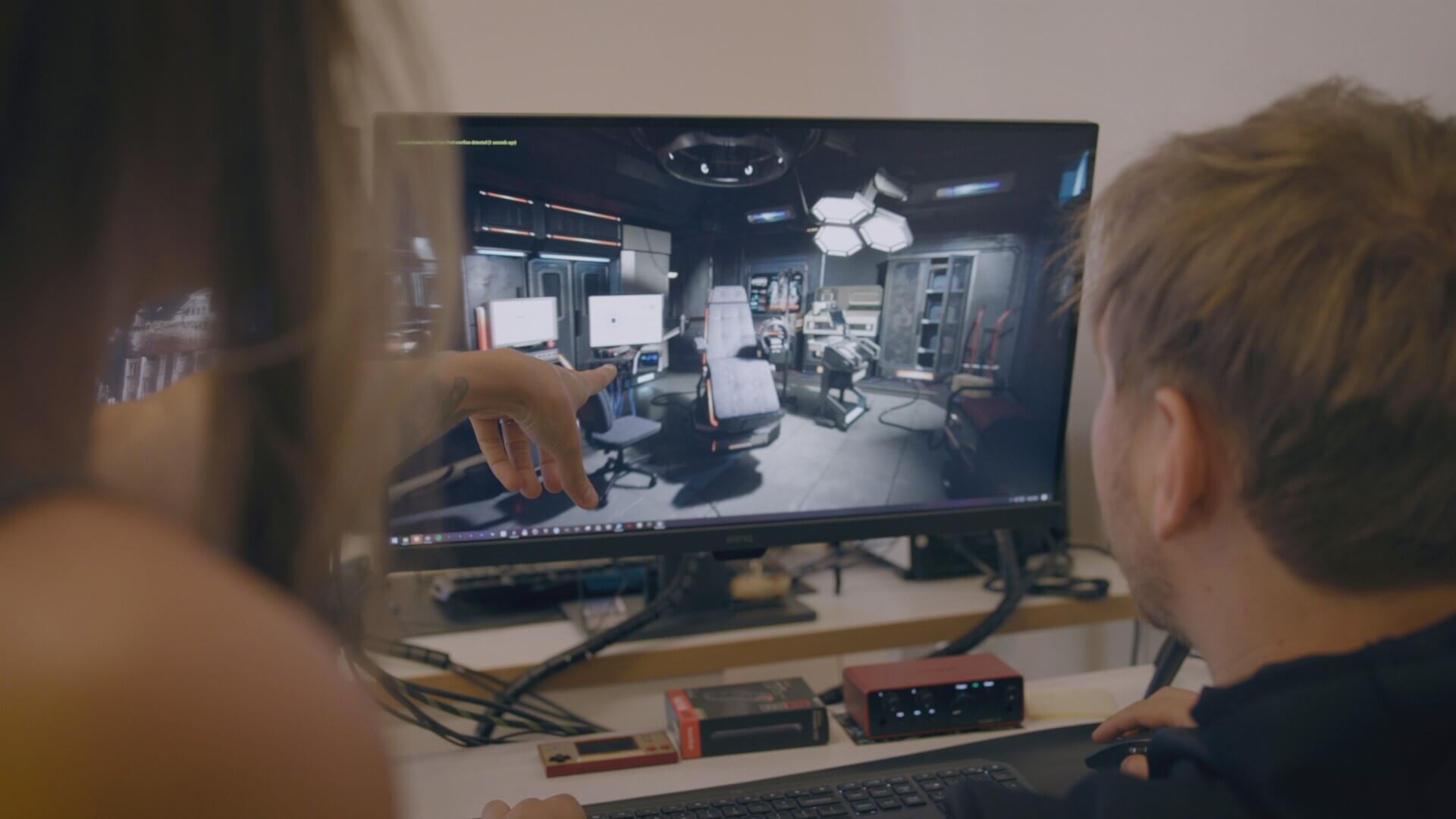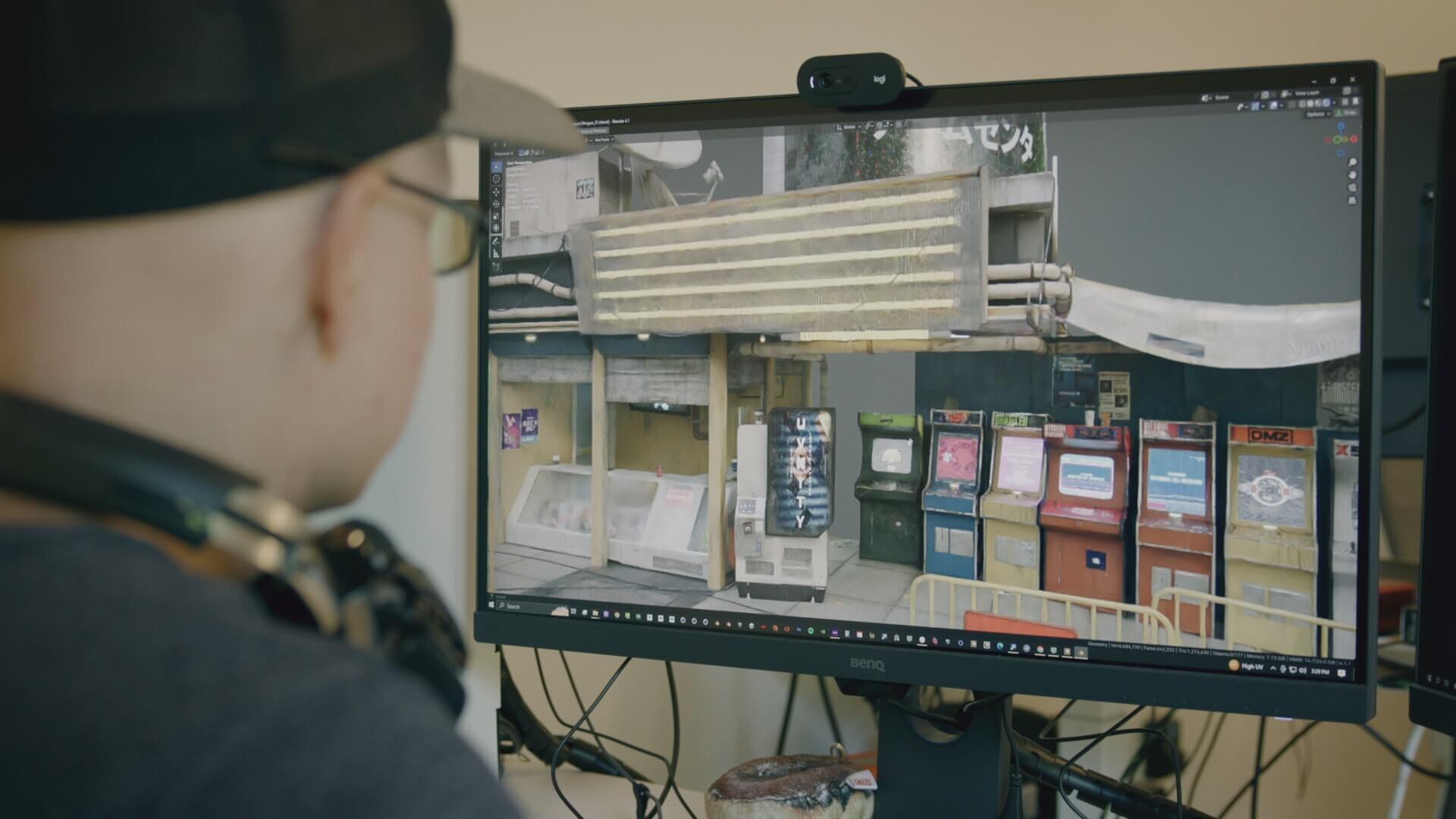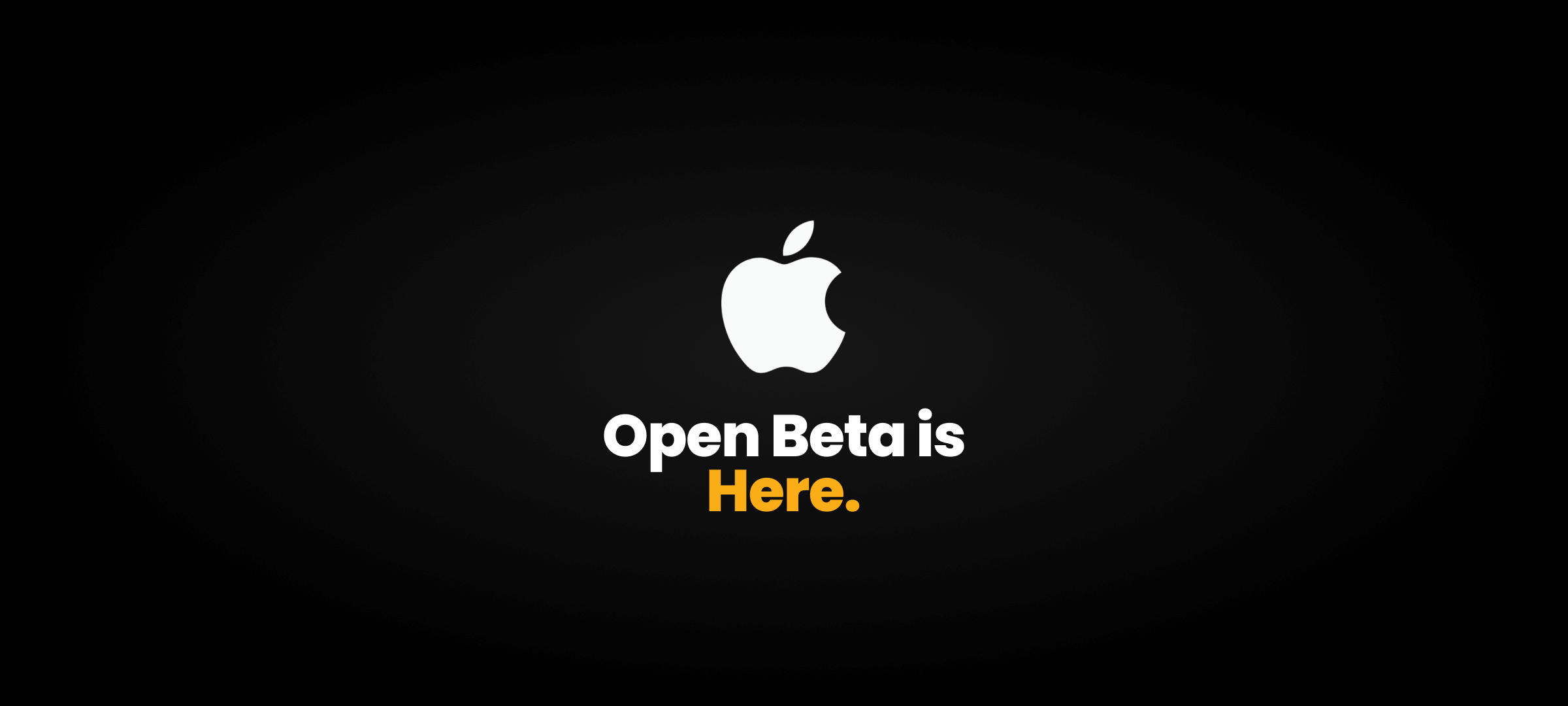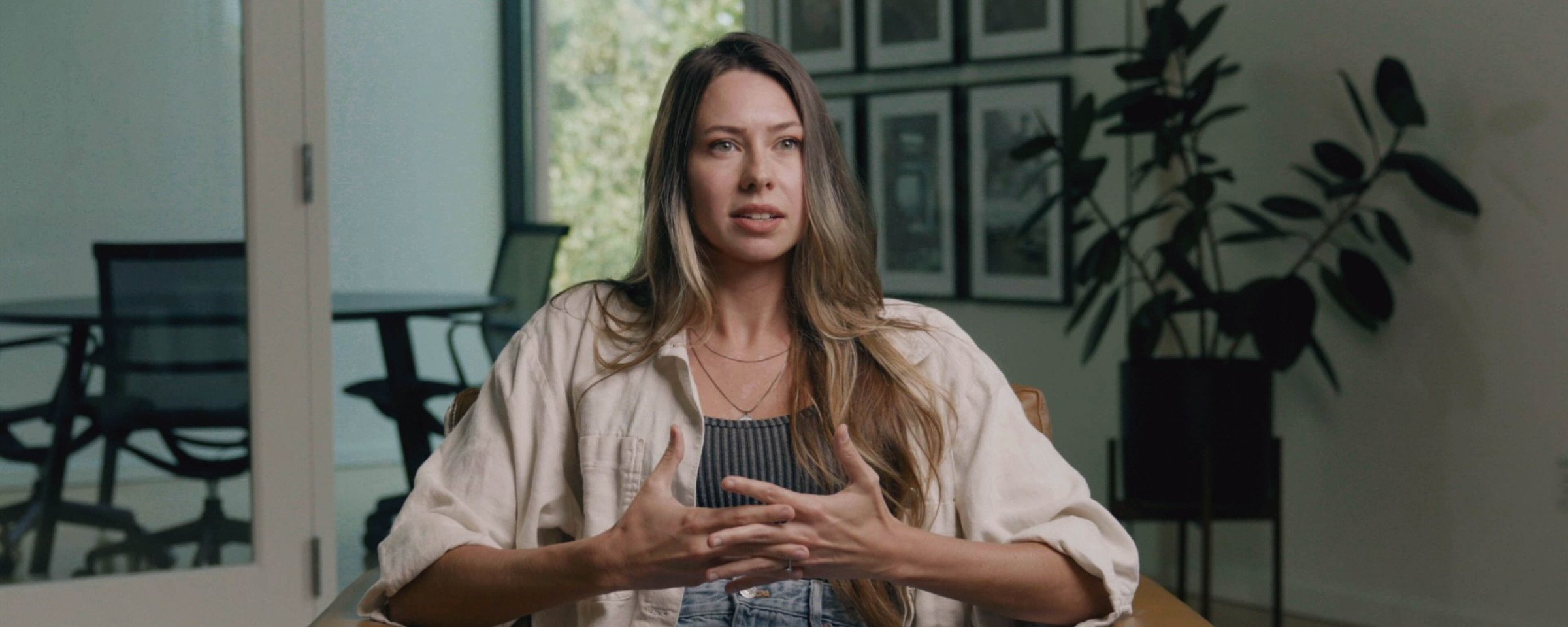Welcome to Part 2 of Being an Efficient Artist in a Production Environment. In Part 1, we defined the Production artist's role and what exactly being efficient means. We discussed how it's important to understand what quality means and how to internalize project quality standards. We also dove into how making better decisions will increase your productivity and speed and why practice and repetition are our foundations in developing your intuition to take correct actions more instinctively.
In Part 2, we'll discuss:
✓ Removing technical barriers
✓ Why communication is so important to being an efficient production artist
✓ How to help others be more efficient
✓ Tools for managing your time, and;
✓ When to be strategically inefficient and how it helps to you grow as an artist in new and exciting ways
Remove Technical Barriers
As digital artists, we use various software and tools to help us create and produce work. As you practice your craft, you will find a lot of technical areas that break you away from doing fun stuff like designing, sculpting, animating, texturing, and so much more. Our goal should be to spend the most time doing the art and the least amount of time fighting against the tools that are supposed to be helping us. These technical barriers should be analyzed and reduced or removed from the process as best we can. Here are a few examples of when you are fighting a technical barrier:
✓ When you are searching for a button in a menu all the time
✓ When you make several clicks to perform the same action several times in a project
✓ When you have to go back and redo work later in the project
✓ Anytime you interrupt your flow
If you find yourself in any of these situations, ask yourself the following questions:
✓ Is there a keyboard shortcut for this button or action?
✓ Is there a tool that I can get that makes this part of the task faster and easier?
✓ Can I create a macro that can reduce the number of clicks I am performing for this task?
✓ How have others tackled these tasks before? Has someone already solved this problem?
✓ What type of workflow would be better suited for this task, one that is destructive or non-destructive?
If you answered yes to any of those, then spending a little bit of time analyzing your process can illuminate areas of improvement and ways of making the process more fun and efficient. At the end of every project, you should do a retrospective to find ways to improve.
Communicate, Communicate, Communicate
As mentioned earlier, production artists do not work in a vacuum. We are a part of a team that needs to work efficiently together. If communication is not as efficient as everything else, it can make the whole process more frustrating, create bottlenecks, and affect deadlines and budgets.
The goal of communication, no matter who you are communicating with, should be to give or receive the necessary information for the project to move forward as quickly as possible. This is not to say that communication should be rushed and fast but to be precise, deliberate, and smooth.
For example, when giving an update on your progress, it is easy to post an image or render of the asset and say, “ready for review!” But this leaves a lot to be desired. Instead, with any update, indicate the following:
✓ What has been accomplished
✓ What still needs to be accomplished and is still a work in progress (WIP) if anything
✓ What exactly needs feedback
✓ Any blockers or items you are waiting on from another teammate
✓ Current timelines and if any timelines need to be updated or changed
This allows the person giving you feedback to be precise and will allow them to give you the feedback that you need quickly and efficiently. It will give them the ability to unblock you if anything is stopping you from accomplishing your current task. If you find that there is a lot of back-and-forth on what is being asked or a lot of questions are coming up after you have posted progress, then that is a good indicator that the communication is not as good as it could be. Where you are at, what you are going to accomplish, blockers, and timelines.
Help Others Be More Efficient
When it comes to a production pipeline, there is usually another production phase that comes after you. This could be modeling, material surfacing, animation, rigging, compositing, etc. When working within a team, it is important to understand the processes that come before you and after you so that your work can aid in the next phases of development. This may come at the expense of certain areas of efficiency gains but if it helps out the entire process, the tradeoff is usually always worth it since someone will have to do the work anyway. If you find areas that require extra work on your end to help out others, then that should be analyzed by the team to understand potential time savings in other parts of the process, tools, or shortcuts.
Use a Calendar and/or Project Management Tool
One last area that can be beneficial in managing your own time and tasks, is to use a Calendar along with a method or tool for managing projects and tasks. This may seem obvious but you would be surprised how many people have empty calendars and don’t keep track of their own time. If you work in a production environment, you will likely have a tool that the team uses such as Flow (formerly Shotgrid), Notion, Jira, and Asana. Even so, it is still a good idea to utilize a calendar, putting in time for the tasks you want to accomplish that day and week while doing your best to stick to that schedule. If you find yourself slipping, write down why and make this an area to put some time into practicing.
Don’t forget to put in your time for your lunch, breaks, and focus time when you are the most productive so you can find the balance that is easy to slip away if not protected.
When to Be Inefficient
We have spent a lot of time discussing how to be an efficient artist but are there times when it pays to be inefficient? Absolutely yes. As you grow as an artist, learn new skills, dive into areas that are unknown to you, and push yourself further, you should have times of going slow, figuring things out, and being very inefficient. This is expected and warranted and it can be a lot of fun because you are expanding yourself beyond what you are capable of.
During a conversation with Danar Worya, he mentioned that he loves to do all of his experiments when he is doing personal projects and work for himself. This makes perfect sense. When it comes to performing your best at work, those are the times when you want to be as efficient as possible. Personal projects are the perfect time to work on a new technique, learn a new software or pipeline, and generally enjoy the process of figuring things out. You create your own deadlines and goals. It’s kind of like a mullet, business in the front, party in the back. The front is your day-to-day work, and the party is your personal projects that you get to play and have fun with.
Having a framework for becoming efficient allows you to bring up your quality in speed over time with new skills and techniques. This enables you to expand what you are capable of in your career and can lead to opportunities that can make you more flexible and valuable for your team and open up future opportunities.
Conclusion
In this two-part article, we've discussed why becoming an efficient production artist requires a combination of quality-focused work, deliberate decision-making, and consistent practice. By mastering the fundamentals of quality and learning to streamline processes, artists can contribute positively to the production pipeline while maintaining high standards.
Efficiency doesn't just mean working faster, but working smarter—removing technical barriers, communicating effectively, and aiding teammates. Yet, it's also essential to embrace moments of inefficiency during personal projects, which allow for growth and experimentation. Balancing these aspects will not only make you more adaptable and valuable to your team but will also create opportunities for personal and professional development throughout your career.
Want to chat with Mike? Connect on Linkedin!




